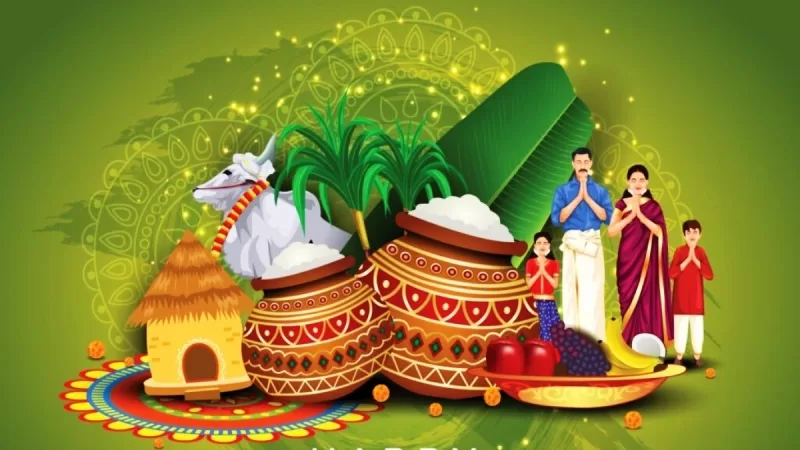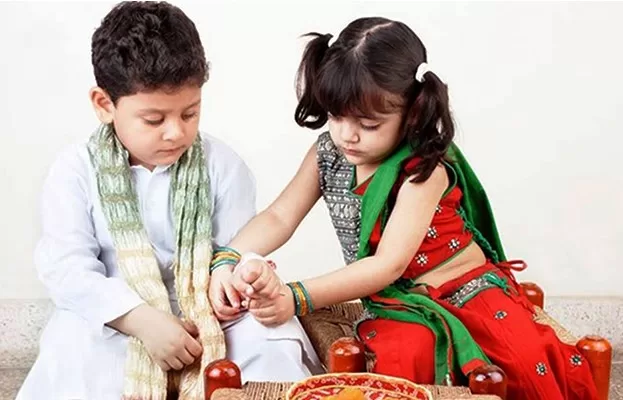
Makar Sankranti – Celebrating the Sun’s Journey and the Spirit of Harvest
Makar Sankranti: Celebrating the Sun’s Journey and the Spirit of Harvest
India, a land of vibrant festivals, celebrates many seasonal and spiritual events throughout the year. Among them, Makar Sankranti is a unique and auspicious festival that honors the Sun God and marks the transition of the sun into the zodiac sign Capricorn (Makara). Celebrated every year on January 14th or 15th, it is one of the few Indian festivals based on the solar calendar, which means it falls on a fixed date.
The Significance of Makar Sankranti
The word “Makar” refers to Capricorn, and “Sankranti” means movement or transition. On this day, the sun begins its northward journey—known as Uttarayan—leaving the Tropic of Cancer and entering the Tropic of Capricorn. This marks the end of winter and the beginning of longer, warmer days.
Makar Sankranti is seen as a symbol of new beginnings, spiritual awakening, and gratitude to nature. It also celebrates the harvest season, especially in agrarian communities, where it’s a time to rejoice after months of hard work in the fields.
Cultural Celebrations Across India
Though the essence of the festival remains the same—thankfulness, sunshine, and harvest—it is celebrated with different names and customs across various Indian states:
Makar Sankranti (North India): People take holy dips in rivers like the Ganga, Yamuna, and Godavari, believing it cleanses sins. They fly kites, eat sesame (til) sweets, and say, “Tilgul ghya, goad goad bola” (Take these sesame sweets and speak sweetly).
Pongal (Tamil Nadu): A four-day harvest festival, with rituals dedicated to the Sun God, cattle, and family. Traditional dishes are made with newly harvested rice.
Lohri (Punjab): Celebrated a day before Makar Sankranti, especially by Sikhs and Punjabis, around a bonfire with folk music, dance, and food.
Uttarayan (Gujarat): Known for its iconic kite festivals, where skies are filled with colorful kites and people compete with joyful energy.
Magh Bihu (Assam): Celebrated with feasts, community gatherings, and burning traditional Meji (bonfire structures).
Khichdi Parv (Uttar Pradesh & Bihar): Devotees offer Khichdi to the poor and take ritual baths. The dish also becomes the highlight of the festive meal.
Traditional Foods of Makar Sankranti
Food plays a central role in Sankranti celebrations. Dishes vary by region, but most incorporate til (sesame seeds) and jaggery (gur)—a combination believed to generate heat and energy during the cold season and symbolize bonding and sweetness in relationships.
Popular Makar Sankranti dishes include:
Tilgul ladoos
Chikki (peanut and jaggery brittle)
Khichdi with ghee and papad
Pongal (sweet and savory versions)
Puran Poli
Lai (puffed rice sweets)
The Joy of Kite Flying
One of the most visually striking traditions of Makar Sankranti is kite flying, especially in Gujarat, Rajasthan, and Maharashtra. The open skies turn into a canvas of colors as people of all ages take to rooftops, battling friendly kite duels and enjoying festive snacks.
The act of kite flying is said to expose the body to the early morning sun, which is believed to have healing properties—especially during the winter months.
Spiritual and Astrological Importance
Makar Sankranti is also a deeply spiritual day. Taking a holy dip in rivers is believed to wash away sins and bring blessings. It is considered an auspicious time to begin new ventures, marriages, and perform donations (daan-punya).
According to astrology, the day also marks a positive shift in planetary alignment, making it favorable for progress and spiritual growth.
Symbolism of the Festival
Sun (Surya): Represents truth, knowledge, and life. Worshipping the sun on Sankranti is symbolic of moving from darkness to light.
Sesame and Jaggery: Represent unity, warmth, and the sweetness of relationships.
Kites: Symbolize rising high, ambition, and joy.
A Festival of Unity
Makar Sankranti is more than just a festival—it’s a celebration of life, seasonal change, and human connection with nature. Whether it’s shared sweets, sunny mornings on rooftops, or heartfelt rituals by the river, this festival brings people together in warmth, gratitude, and joy.
Final Thoughts
As the sun takes its celestial step into Capricorn, Makar Sankranti reminds us to rise above negativity, embrace light, and share sweetness with everyone around. It’s a perfect blend of spirituality, culture, and community celebration.
So, whether you’re flying a kite, offering prayers, or simply enjoying a til ladoo—take a moment to welcome the new season with hope and heart.
Happy Makar Sankranti! ☀️🪁🌾










